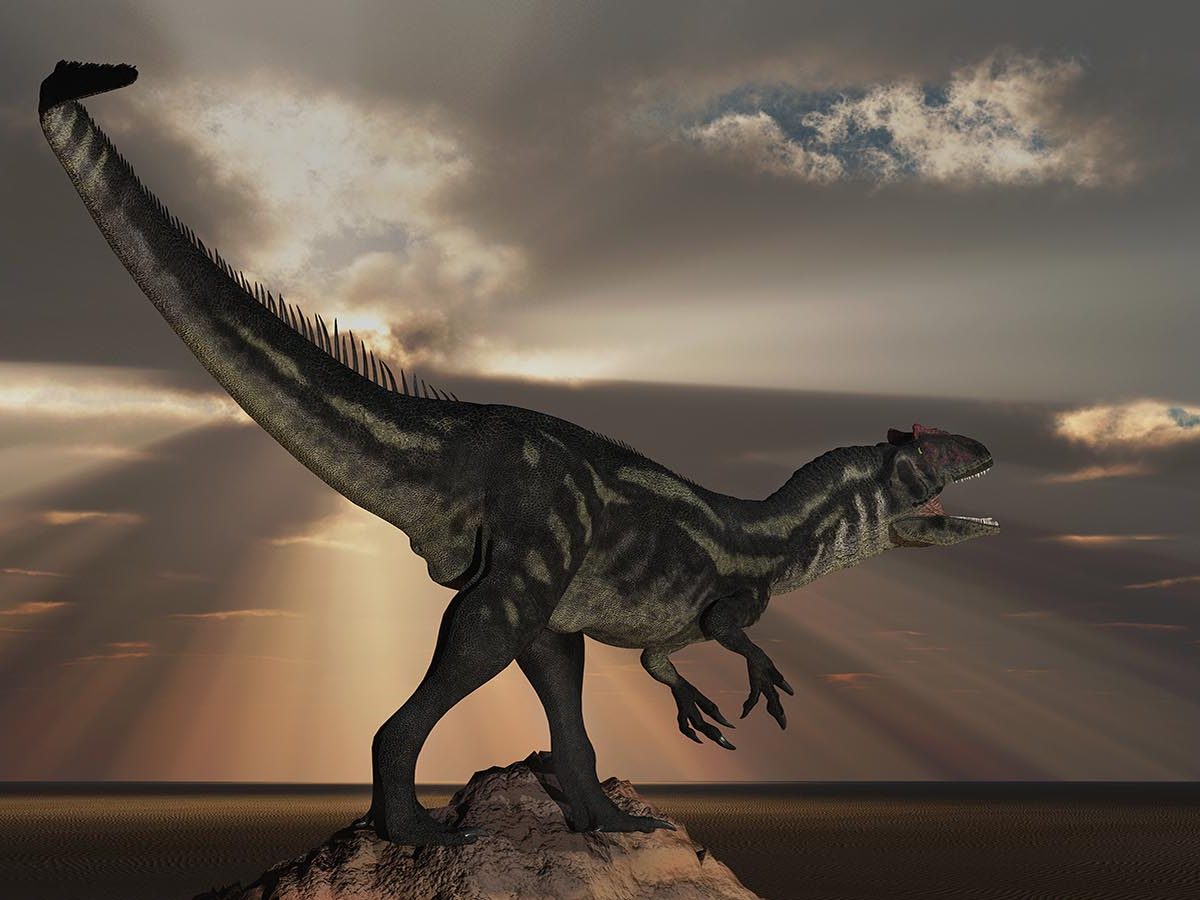In a surprising discovery, paleontologists have found previously unnoticed bones in the archives of the Kenyan National Museum that belong to what is believed to be the largest carnivorous mammal to have ever existed. The Simbakubwa kutokaafrika, which lived around 22 million years ago, was about five times heavier than an adult lion and had canines as large as bananas. The newly discovered species was not found during excavations but was instead a chance discovery in a drawer where the bones had been stored for decades. The fossil was discovered by Matthew Borths, a paleontologist from Ohio University, and his team in Kenya.
The Simbakubwa kutokaafrika weighed over a ton, making it much larger than the currently largest carnivorous mammals, such as male lions and tigers. The animal’s head was disproportionately large, even larger than a rhinoceros skull. The species is believed to be related to hyenas and dogs, with similarities in body shape. The discovery of the Simbakubwa kutokaafrika provides new insights into the evolution of carnivorous mammals and the changes in the ecosystem that led to their extinction.
The fossil was discovered in Kenya several decades ago during an excavation for the ancestors of humans and fossilized apes. The bones were stored in the archives of the Kenyan National Museum in Nairobi, where they remained unnoticed until Borths discovered them. The discovery of the Simbakubwa kutokaafrika sheds light on the evolution of carnivorous mammals and the changes in the ecosystem that led to their extinction. The discovery also highlights the importance of preserving and studying fossils to better understand the history of life on Earth.










